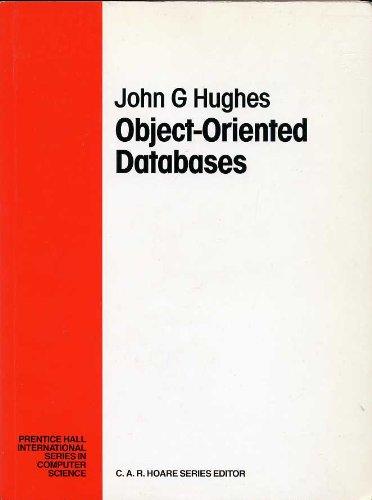Question
import random import time from queues import BoundedQueue from queues import CircularQueue from decimal import Decimal from terminalplot import plot2 def enqueue_experiment(queue_class , queue_size ):

import random import time from queues import BoundedQueue from queues import CircularQueue from decimal import Decimal from terminalplot import plot2
def enqueue_experiment(queue_class , queue_size ): ''' This function will enqueue elements into Bounded and Circular queues and return them :param queue_class: The queue_class description that we want to declare the object for like BoundedQueue, CircularQueue :param queue_size: The size of the queue and the number of elements that we want to enter in queue :return: Bounded Queue Object, Circular Queue Object ''' # init the relevant objects queue = queue_class(queue_size)
# enqueue elements to max capacity of queue while not queue.is_full(): value = random.random() queue.enqueue(value)
return queue
def dequeue_experiment(queue): ''' This function will be responsible for dequeues the elements in the queue :param queue: (queue object) The queue object that we want to test on :return: (float) Returns the time of execution of the dequeue operation ''' time = 0.0 # the time to dequeue all the elements ##### START CODE HERE #####
##### END CODE HERE ###### return time
def avg_dequeue_experiment(queue_class, size, sample_size = 5): ''' This function is used to average over many runs for the dequeue experiment :param queue_class: (function-type) The typeof queue that we are using :param size: (int) Size of the queue to do experiment :param sample_size : (int) THe number of samples to be used for averaging :return: (float) return the average time ''' q_run_avg = 0 for i in range(sample_size): queue = enqueue_experiment(queue_class, size) q_run_avg += dequeue_experiment(queue)
return float(q_run_avg)/sample_size
def main(): # queue sizes that we will use for different experiments # queues_sizes = [10000, 20000 , 30000, 40000, 50000, 60000, 70000,80000, 90000, 100000] queues_sizes = [10000, 30000, 50000, 70000, 90000, 100000]
# the setup of the experiment bqueues = [] cqueues = [] for q in queues_sizes: # print("Done for Queue Size : {}".format(q)) bq = enqueue_experiment(BoundedQueue, q) cq = enqueue_experiment(CircularQueue,q) bqueues.append(bq) cqueues.append(cq)
# perform the dequeue experiment bounded_queue_times = [dequeue_experiment(q) for q in bqueues] circular_queue_times = [dequeue_experiment(q) for q in cqueues]
# print table of results for one run each (not averaged) print("Times for Bounded and Circular Queue without using Average") line = '-'*(13 + 14*len(queues_sizes)) line2 = str('-'*13 + '+')*(1 + len(queues_sizes)) print(line) print(str(" Queue Size | " + ' '.join(" {:
# plot the terminal graph try: print(''' Legend : '*' : Points of the Bounded Queue '#' : Points of Circular Queue '+' : Points where both coincide''')
plot2(queues_sizes, bounded_queue_times , circular_queue_times) except: print("Not able to print graph. Continuing .....")
# run experiment using averages avg_b_queue_times = [avg_dequeue_experiment(BoundedQueue, size) for size in queues_sizes] avg_c_queue_times = [avg_dequeue_experiment(CircularQueue, size) for size in queues_sizes]
# display table of averaged results (multiple runs for each data point) print("Times for Bounded and Circular Queue with Averaging") print(line) print(str(" Queue Size | " + ' '.join(" {:
try: # plot the graph print(''' Legend : '*' : Points of the Bounded Queue '#' : Points of Circular Queue '+' : Points where both coincide''')
plot2(queues_sizes, avg_b_queue_times, avg_c_queue_times) except: print("Not able to print graph. Continuing .....")
if __name__ == '__main__': # calculate total program run time start = time.time() main() end = time.time() print("The program took {} seconds to run".format(end - start))





Step by Step Solution
There are 3 Steps involved in it
Step: 1

Get Instant Access to Expert-Tailored Solutions
See step-by-step solutions with expert insights and AI powered tools for academic success
Step: 2

Step: 3

Ace Your Homework with AI
Get the answers you need in no time with our AI-driven, step-by-step assistance
Get Started


